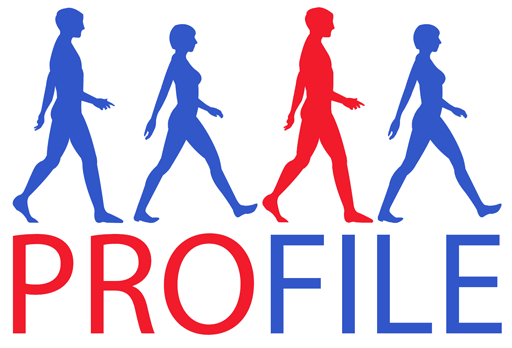Frequently Asked Questions
Should you have any further queries, please visit Contacts and get in touch with a member of the PROFILE Trial team.
Q. Which patients should I advise my colleagues to refer to me for consideration for PROFILE?
Q. Can patients still come into the trial if video recording did not take place but image capture did take place?
Q. The PROFILE trial has inclusion criterion of diagnosis within the last 6 months, what is considered the date of diagnosis?
Q. An SES-CD score was not calculated at time of ileo-colonoscopy, can we retrospectively calculate this?
Q. We have a participant who was newly-diagnosed with Crohn’s disease and treated with steroids for 2 months and has flared again off-steroids, can they come into the PROFILE trial?
Q. Can we use budesonide instead of prednisolone for PROFILE participants?
Q. We have trialled liquid diet in a newly-diagnosed patient and they still have active disease, can they be recruited to PROFILE?
Q. How flexible are the time windows around the scheduled trial visits?
Q. Can scheduled trial visits take place over the phone or do they have to be face-to-face?
Q. When are steroids started for patients due to take part in the PROFILE trial?
Q. When should stool samples be provided by patients after screening visit?
Q. If randomised to the Top-Down arm, when is infliximab given and what is the infusion schedule?
Q. What to do if non-response or sub-optimal response to prednisolone and in Step-Up group?
Q. What to do if non-response or sub-optimal response to infliximab in participants from either Top-down for Accelerated Step-Up?
Q. What type of infliximab medication is being used for the PROFILE trial?
Q. What to do if participants develop mild intolerance to infliximab?
Q. What to do if participants develop severe intolerance to infliximab?
Q. Is central reading being used for endoscopies and MRE scans?
Q. When do MRE scans occur and what is the process of reporting or central reading?
Q. When should I request/organise end of trial ileo-colonoscopy and MRE investigations?
Page last updated: 2nd July 2019
